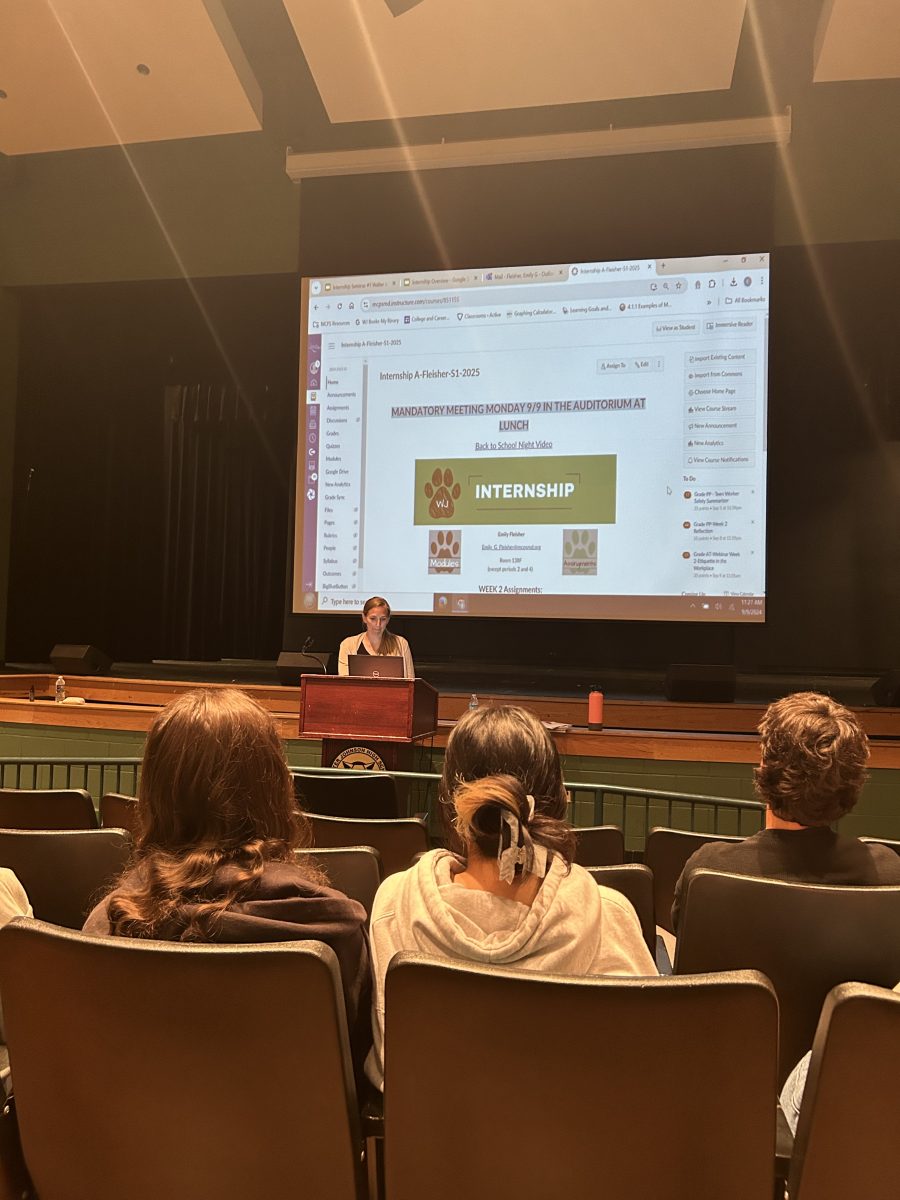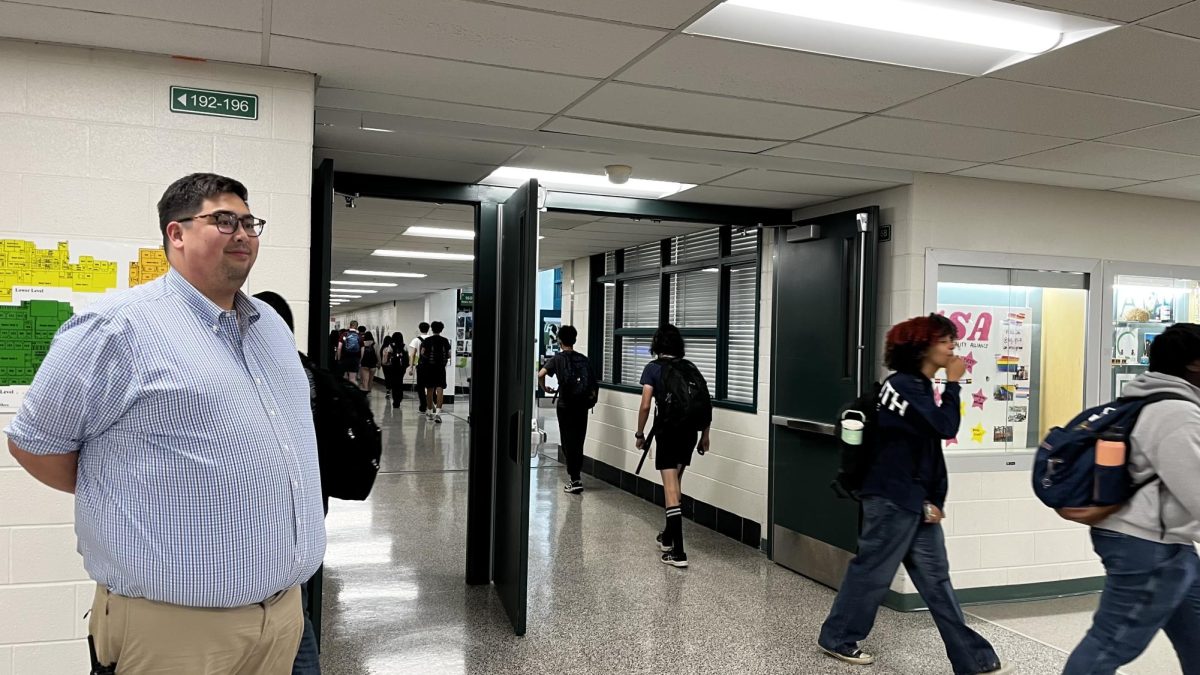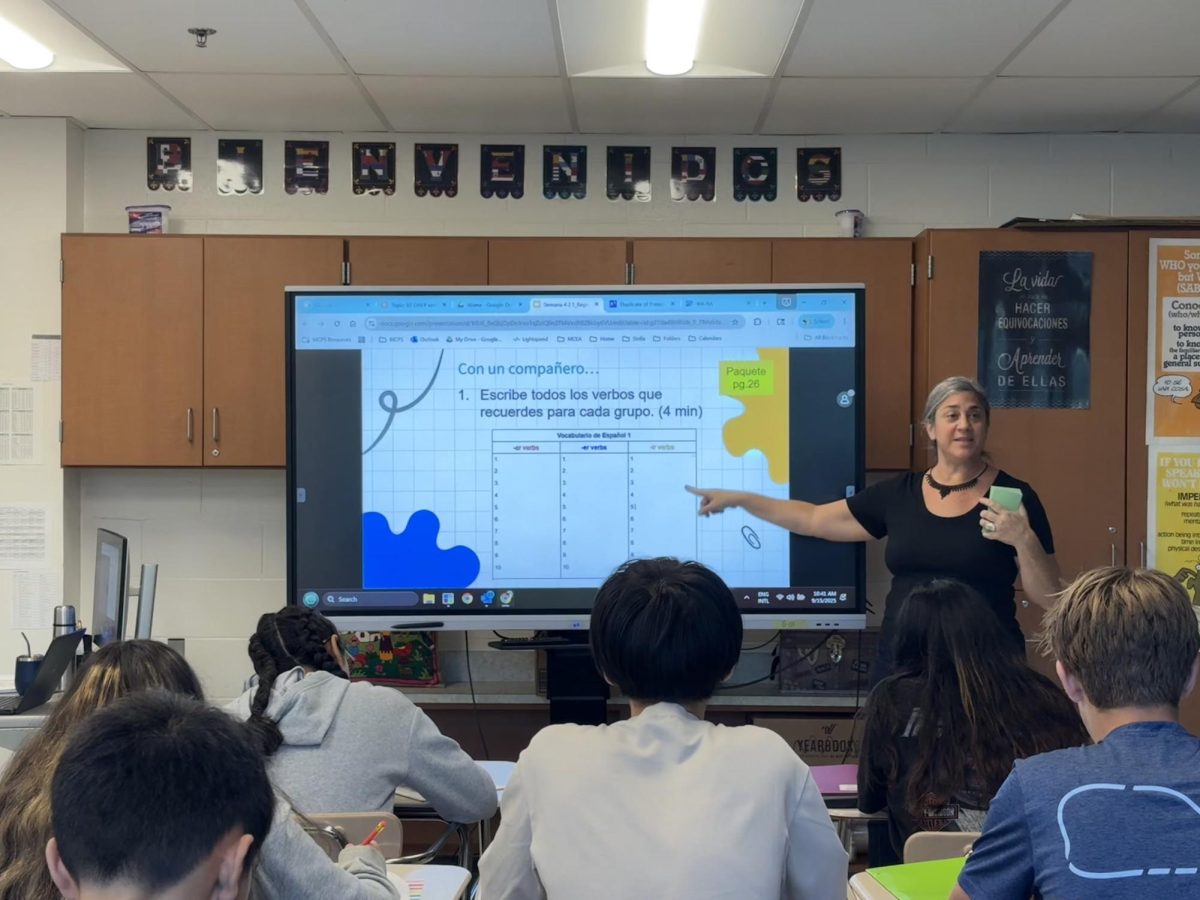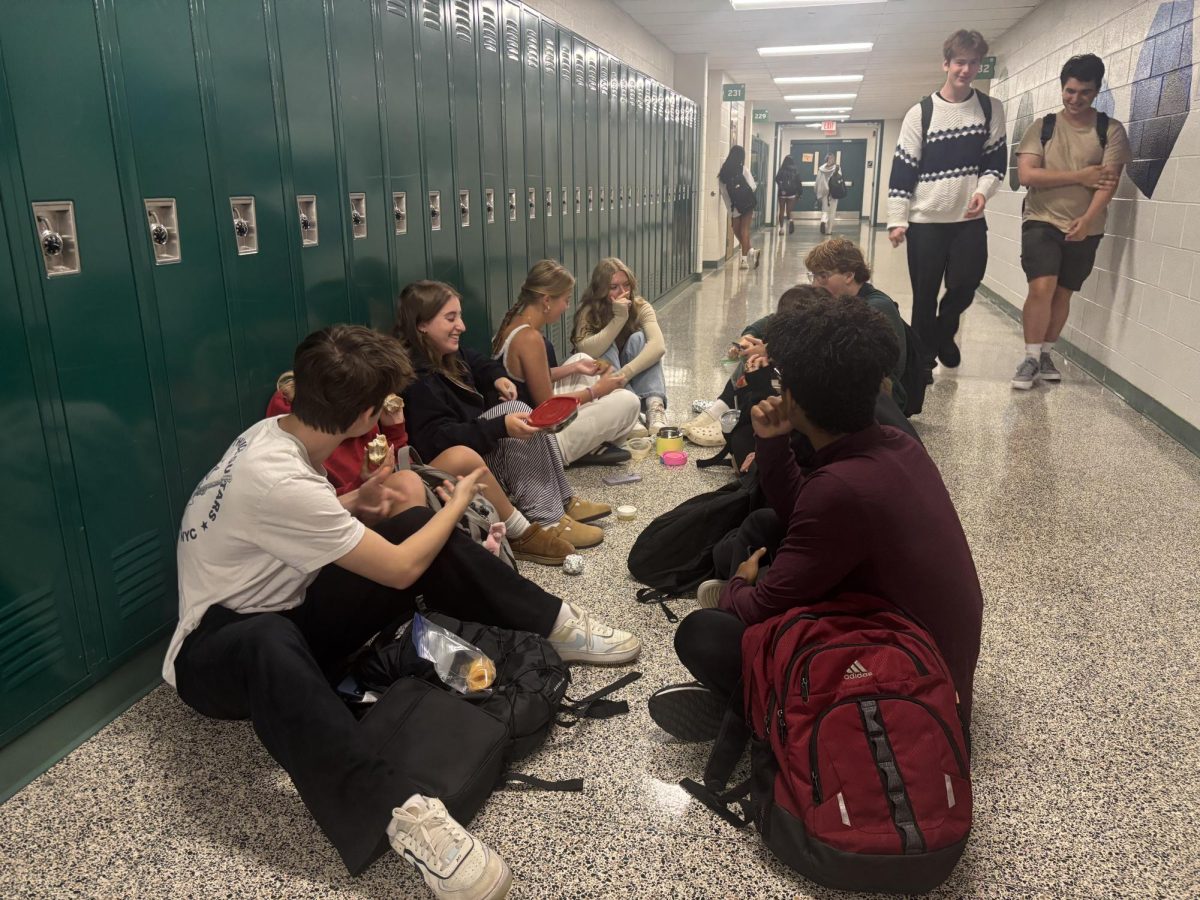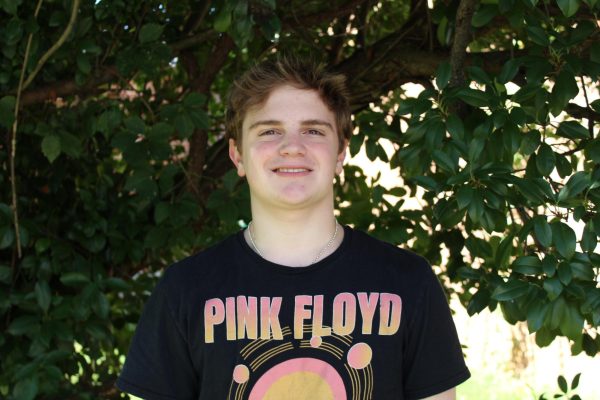A common complaint among high school students is that the material taught in school is not relevant in the real world. What these students may not realize, however, is that their education doesn’t have to be confined to the walls of the school.
Internships allow students to take their high school education out of the building and into the workplace. Real-world experience is invaluable when preparing for a successful future.
The fast-growing internship program has undergone multiple changes this year and with these have come a few obstacles. The most significant is the transition from psychology teacher Geraldine Acquard to Emily Fleisher who is the new internship coordinator.
Fleisher has been the college and career research and development teacher for seven years. Through her experience and attending numerous county Work Based Learning (WBL) meetings, she was well-prepared to take over Acquard’s position. Acquard and Fleisher communicated extensively to make the smoothest possible transition, but various difficulties were still present.
“The main challenge I have faced is trying to identify potential internship opportunities for students,” Fleisher said. “The program has grown tremendously this year, mostly due to not having abbreviated schedules as an option anymore.”
The major structural change within the initiative was the shift in the Designated Helper (DH) program. Senior Daphna Goldstein wanted to be a DH as an alternative to taking elective classes, but she heard indirectly that this wouldn’t be an option.
“[I heard about this] from people gossiping about the new rule in classes,” Goldstein said.
This change was intended to streamline the way students abbreviate their schedules and make internships more like a formal class, but the role of a DH isn’t completely gone. Being a DH is now considered an in-school internship, which means more rigor. This role isn’t the laid-back experience some students might have expected.
This goal is being achieved through weekly meetings, hour logs and assignments for all internship students. The year started with students meeting in the auditorium during the period they would have their internship. Students could only start leaving school early once they had all their forms in and the internship secured.
During the first week of school, internship students were at a wide range of points in the process. Some students just had one more form to submit while others hadn’t even found an internship opportunity.
“We need more time when school starts to find an internship because there are a lot of last-minute cancellations,” junior Alex Nazario said.
Some students felt like they didn’t get enough support in securing their internships. Nazario almost had one but was denied right before the start of the year.
Miscommunication is a factor in many internship students’ experiences as well. Senior Claire Higgins had similar experiences to Nazario and specifically wishes there were more resources for STEM internships.
“Most [opportunities] are unpaid research opportunities for graduate students, so people don’t want high schoolers,” Higgins said. “I ended up applying and either getting rejected or never hearing back from a lot of places.”
The hard truth is that high school internships are difficult to come by. Fleisher acknowledges that she can only do so much to help students, but also sees improvements to the program in the very near future.
“I am simply a resource and am willing to cold call anywhere a student is hopeful to intern or reach out but ultimately, it is up to the students,” Fleisher said. “Everything can also be improved upon… I’m sure I will have some suggestions before the end of the semester.”


